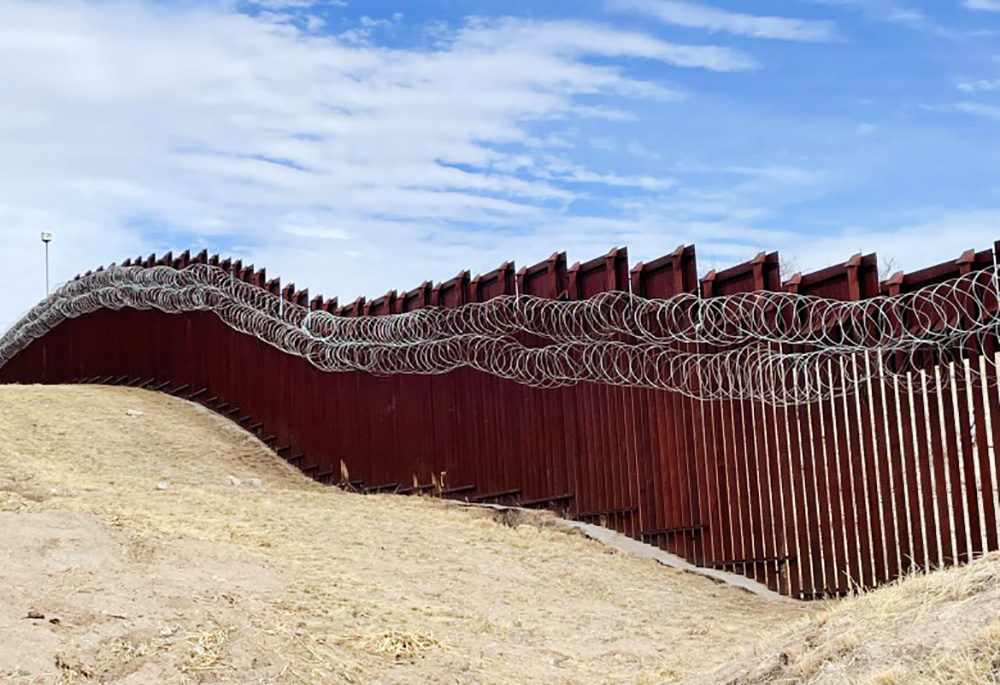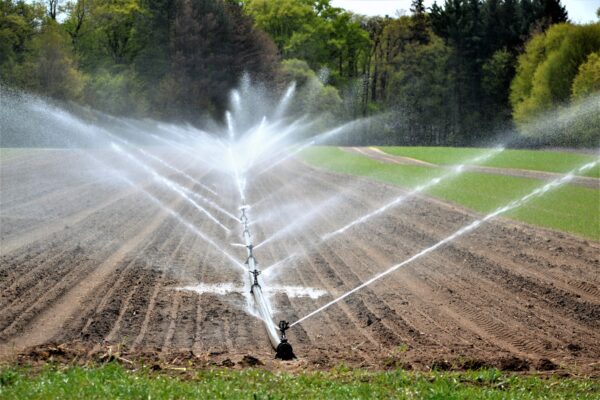Several “crucially important wildlife corridors were saved at the last minute” when construction was halted, however numerous national wilderness areas suffered “an incredible amount of damage.”
By Danyelle Khmara | Arizona Daily Star
The border wall in Arizona needs immediate remediation in sensitive areas to avoid serious public safety issues and significant damage to native wildlife that is likely to compound over time, according to a new report by conservation group Wildlands Network.
“Irreparable damage” has already taken place, said Myles Traphagen, borderlands program coordinator for the Wildlands Network.
“We’re never going to see Montezuma Peak at Coronado National Memorial the way that Coronado saw it in 1542,” Traphagen said. “We’re not going to see Guadalupe Canyon in the condition it was when Roger Tory Peterson, the noted birder, and Robert Stebbins, the noted herpetologist, visited these places to note rare species of birds and reptiles that only occur in that part of Arizona.”
On the day that President Joe Biden took office and halted most construction on the border wall, the nonprofit organization began assessing environmental effects of the wall and related construction in Arizona and New Mexico.
Several “crucially important wildlife corridors were saved at the last minute” when construction was halted, says the report, released Monday. However, the report continues, numerous national wilderness areas suffered “an incredible amount of damage.”
During the Trump administration, 263 miles of pedestrian fencing/border wall were built in Arizona and New Mexico, the report says. Along with the fencing that was already there, that comes to at least 391 miles of border wall, equaling about 70% of the land along the two states’ southern borders.
The report highlights some of the environmental damage and mitigation it says is needed in five protected wilderness areas in Coronado National Forest on the Arizona-Mexico border, which Traphagen says are the “most dramatic examples,” including:












